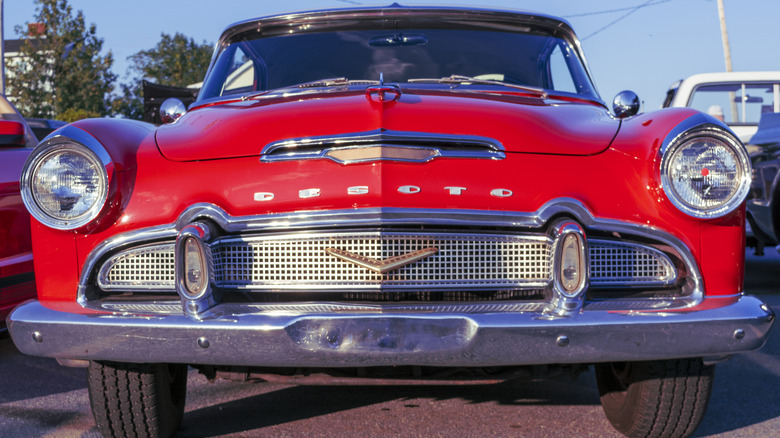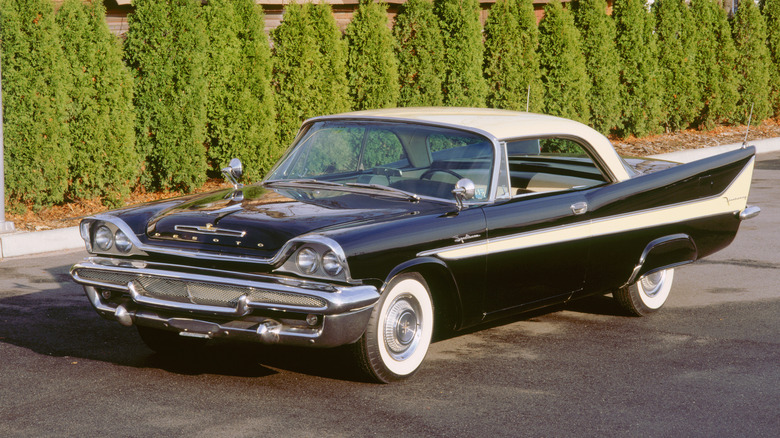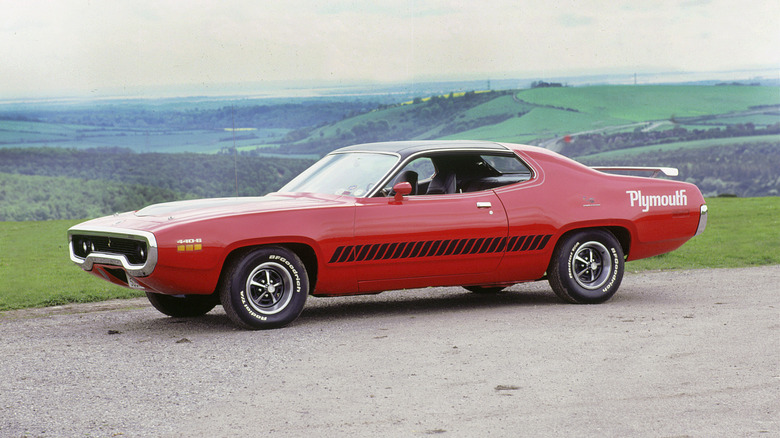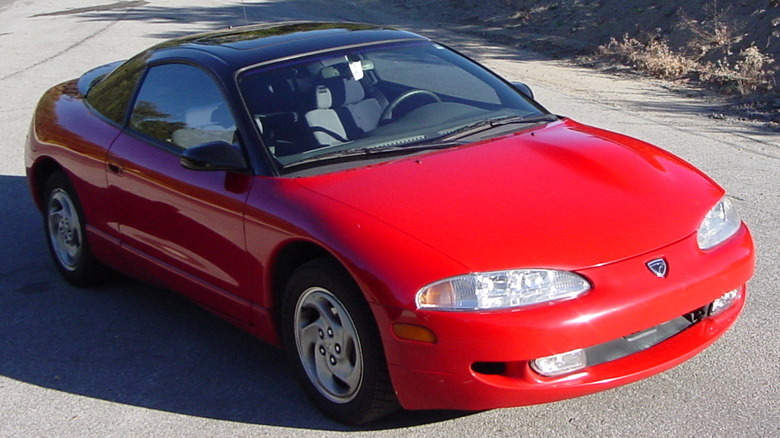3 Major Car Brands Chrysler Discontinued
Of the Big Three carmakers in the U.S., Chrysler has seen the greatest changes in its domestic lineup. Ford and General Motors were involved in more foreign intrigue such as the sales of Volvo and SAAB, but their churn of domestic brands is minimal. From the 1910s until it became part of Stellantis, Chrysler brands have been brought in and then put aside. Unlike Ford with the Edsel, these brands didn't die from a pileup of gross miscalculations. Errors occurred for sure, and changing customer preferences have caught the major manufacturers by surprise more than once. For Chrysler, though, most of its now-defunct brands don't carry the burden of shame that still dogs the long-shuttered Edsel.
The brands that Chrysler shelved were quite popular at one time. For some, after a peak, the end came quickly. For others, the marque slipped away after a long decline. Here are some of the brands that Chrysler fostered and developed, only to abandon when their circumstances changed.
DeSoto (1961)
DeSoto went from its best sales year ever to defunct within four years. Chrysler created the brand in 1928, and there were years where it was positioned above Dodge and years where it was below the still-active marque. Eventually, market movements by Dodge and Chrysler itself helped add to the confusion and pushed DeSoto out of the market. It's not that DeSoto made a bad car. As a matter of fact, the introduction of the DeSoto 6 in 1928 set a first-year sales record that remained in place until the 1960 Ford Falcon appeared. DeSoto Hemi engines were not the most powerful in Chrysler's stable, but they were very popular.
The Falcon's success actually points to the problem that DeSoto had. It focused on large cars, and after the 1957-58 economic downturn, the company was simply not poised to build the smaller cars that the public was becoming increasingly interested in.
Plymouth (2002)
Chrysler founded Plymouth as a lower-tiered version of Dodge in 1928. Plymouth stayed that way, more or less, through its closure in 2002. That doesn't mean it was boring, however. Plymouth built the Roadrunner Superbird, which was a stablemate, but not a twin, to the very similar 1969-70 Dodge Daytona. At the end of the company's time, there was the 1930s roadster-inspired Prowler, which proved to be a failure in the showroom. Plymouth might have been the junior partner in the Chrysler ecosystem, but it was fun.
However, being the least expensive brand couldn't help Plymouth at the turn of the century when Chrysler was trying to work its way through the acquisition of AMC, and with it Jeep, while also keeping ahead of changing tastes. Eventually, Dodge's product range overlapped with Plymouth's too much. AMC also got in the way as it joined Dodge and Plymouth in re-badging Mitsubishi's imports, and in the end, both AMC and Plymouth got clipped to keep Dodge dominant.
Eagle (1998)
When Chrysler bought the remaining assets of American Motors Company, gaining AMC itself wasn't the primary goal. What Chrysler really wanted was to purchase Jeep, but it wasn't quite that simple. Renault owned almost half of AMC, and through that, part of Jeep. In buying the whole package, Chrysler made a go at bringing enough assets from AMC to start over with a new brand. Eagle was born from that 1987 sale.
AMC had produced some unusual and noteworthy vehicles. There was the Rebel, and the V8-powered and egg-shaped Pacer, which was made famous in the "Wayne's World" movies. However, the Eagle brand couldn't follow up on the unusual offerings. The very practical AMC Eagle, itself a mixture of Jeep and AMC sedans decades before cross-overs became popular, failed to inspire Chrysler to continue innovating within the brand. Mostly, Eagle became a brand of rebadged Mitsubishis, and when that was not needed, the brand was shuttered.



